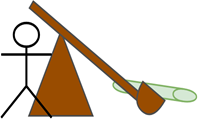
Tatami Ballistics
What does it matter how a tatami falls down? When the fall is all that’s left, it matters a great deal.

What does it matter how a tatami falls down? When the fall is all that’s left, it matters a great deal.
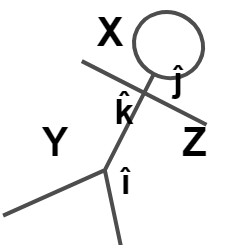
A small collection of things too small to deserve their own article.
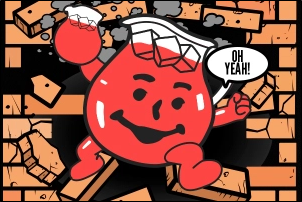
You don’t have to understand crazy math with imaginary numbers to appreciate the principles of control theory. They can be applied to sword fighting, and might give you a different perspective on your training or interpretations.
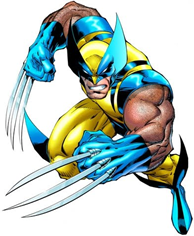
When cutting, the sword exerts force on the target, and the target exerts force right back on the sword. This force is what causes cuts to be less effective, and possibly fail. And where does it come from?
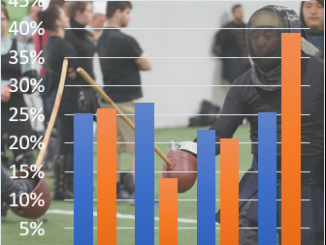
Even if you don’t like singlestick, there is a lot to learn about how the afterblow affects both the attacker and the defender independently.
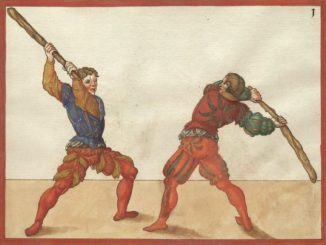
From a physics point of view hitting ‘hard’ can be a somewhat difficult property to quantify. Learn a little bit about what can make a strike ‘hard’.
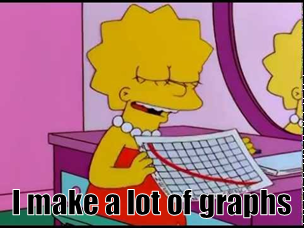
Does the best fighter usually win? Is silver different from bronze? Is a seeded bracket better than a random one? Can I write something that makes this sound exciting?

My first attempt at motion capture. It wasn’t great, but I got something. And you can all laugh and learn from my mistakes.
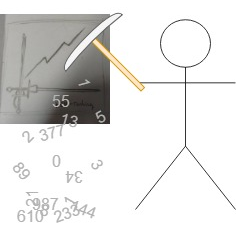
“Damn those stupid numbers, no HEMA Rating’s going to tell me what my odds of winning are!” While on an individual level there are a ton of other factors that the rating doesn’t capture, does it do a good job overall?
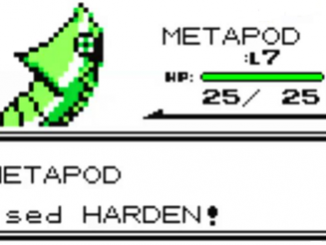
When understanding equipment it’s important to have a basic understanding of material properties, and — most importantly — how they interact.
Copyright © 2025 | WordPress Theme by MH Themes